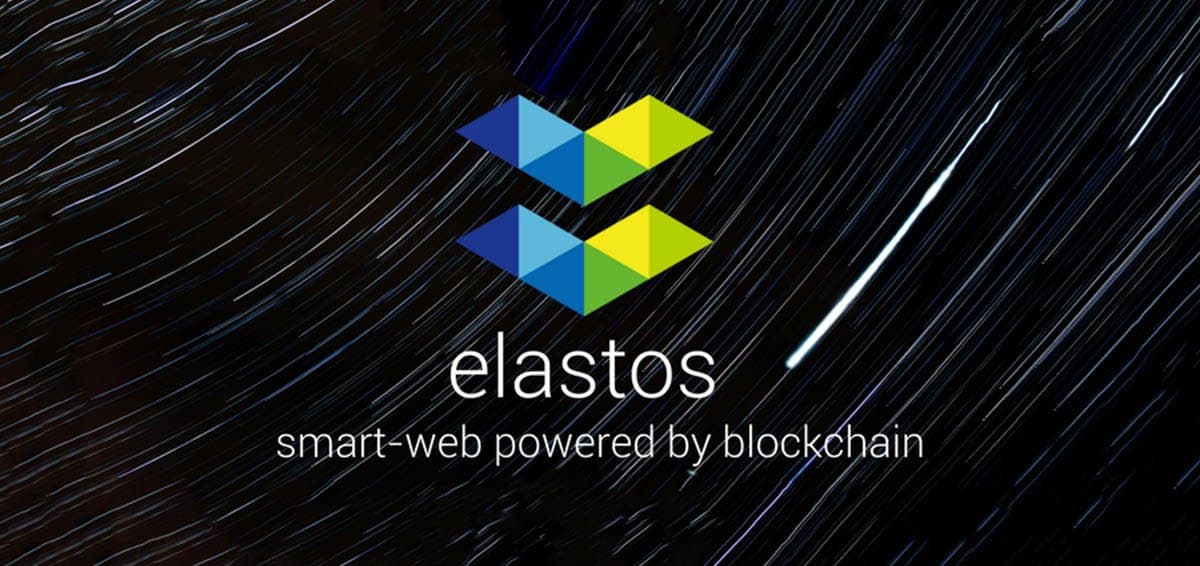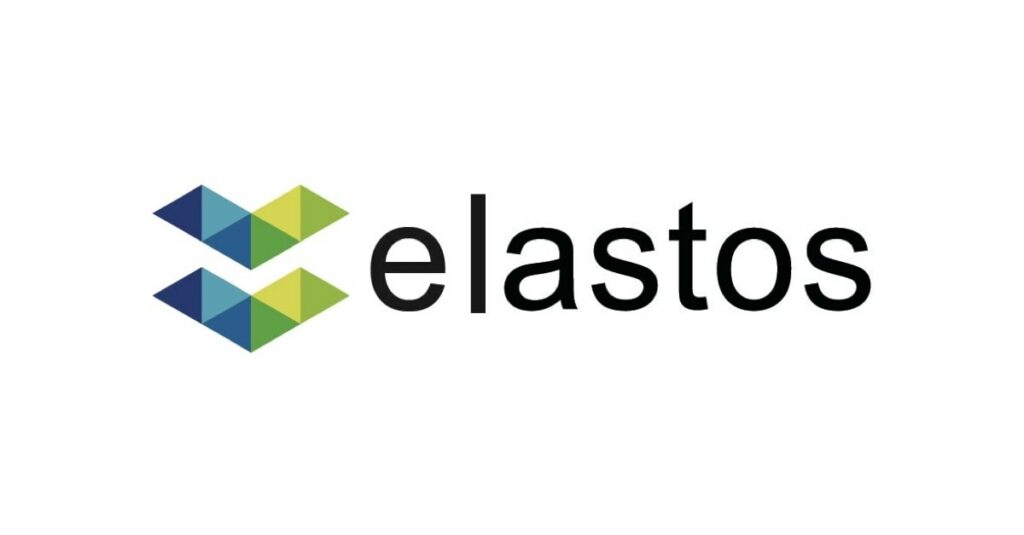
Blockchain development is progressing before our very eyes, and it is quite impressive to see how even some of the oldest problems of the industry are getting solved. Not only that, but new, better ways to use blockchain and its products are emerging, so not only are the problems being solved but the solutions and products are seeing improvements. This leads to greater efficiency and user-friendliness, and overall, it all improves the chances of newcomers deciding to stick around and actually adopt this technology.
Take scalability as an example of a problem that is being solved right now. For years, people have had to struggle with Bitcoin’s 7 TPS and the inability to go beyond that. As the number of users grew, this became quite a problem. Ethereum was even worse. While Bitcoin can only do transactions, Ethereum has sector after sector of growing, well-established trends. It brought dApps, smart contracts, DeFi, metaverse, NFTs, blockchain gaming, and countless other products and trends, while being only slightly better than Bitcoin in terms of transaction processing.
For years, people had to pay massive fees to work with its platform, and finally, they had enough, which led to an entire generation of blockchains that are focusing solely on scalability, which goes to show just how problematic this issue has really been. Take Elastos as an example. The project was created to tackle scalability issues, as well as certain dApp problems, and offer more efficient ways to use dApps, protect your data, and much more, as we are about to see.
How Does Elastos (ELA) Work?
Elastos is the world’s leading provider of open-source solutions, employing not only blockchain technology, but also a P2P network for communication, a decentralized ID system for users and digital assets alike, and a decentralized data storage service.
It features its own app that has an entire suite of features, including a Super-Wallet, automatic identity generation service, smart contract operations associated with the Elastos Smart Contract Chain, and much, much more.
The project aims to build an accessible, open-source service for the entire world so that developers can build an internet where individuals control and own their own data. Essentially, it is recalibrating the way the internet works, and along the way, it is building core technologies to help users take back their data and power. It calls its platform Smart Web, and it turned it into one of the most advanced development platforms available today.
What Problems Does Elastos (ELA) Solve?
First, let’s discuss some of the issues that Elastos focuses on solving, and some of the solutions that it offers in order to achieve these goals.
Scalability issues
As mentioned, scalability has been a problem in the blockchain industry for far too long, and Elastos is one of the projects dedicated to putting a stop to it. Its goal here is to make its chain capable of handling every task that comes its way in real-time, and eliminate waiting and high fees.
The project saw Ethereum and similar platforms and decided that, while they are great for smart contracts — they are too slow, not flexible at all, and simply inconvenient for full applications. This is why Elastos aims to solve these limitations.
Introduces Smart Web
Another important thing to note about Elastos is that it introduced the Smart Web, which is its own product on which all dApps will run. The idea behind the Smart Web is essentially increased security. In other words, while on the Smart Web, users are protected from things like malware and other kinds of digital attacks that could result in data theft
Interesting structure
According to Elastos, the project is based on four pillars that enable network separation and platform flexibility. These include blockchain, runtime, carrier, and software development kit (SDK). The way this works is fairly simple. The blockchain separates app functionality between the main chain and sidechains for each app. The runtime grants users the flexibility to run dApps outside of the Elastos OS. The carrier is a P2P decentralized internet service where users can rent computational power and storage to other users, and finally, the SDK connects apps to the Smart Web.
Sidechains
We mentioned that the project features sidechains, which run alongside its network. This allows the Elastos ecosystem to scale horizontally with different multi-purpose sidechains. Meanwhile, they can also be used for running smart contracts written in Ethereum’s programming language, Solidity.
Benefits of Elastos (ELA)
Next, let’s talk about how Elastos can help users benefit directly. There are several things that it has to offer, including:
Run dApps without internet access
One of the best things about Elastos is that you can have full ownership over your digital assets, and use its ecosystem for running dApps without requiring internet access. All dApps will simply run on its Smart Web, and be protected from malware and other hacking attacks, as mentioned earlier.
Super-Wallet
Next, the Elastos ecosystem also features its own Super-Wallet application, which provides full management support for your digital identity, token spending, decentralized storage, contacts, voting, and even smart contract operations.
Control your own data
Data ownership is a huge part of the blockchain industry, as well as the coming Web3. In Elastos’ Smart Web, you can register unique identifiers called DIDs, to which you can attribute and privately store all of the data that you generate along the way. What you will do with that data is entirely up to you. You can sell it for profit, or keep it private, but no matter what you do — it will be your choice, and your choice alone.
Numerous use cases
Lastly, Elastos is rich with additional use cases that come as a bonus to everything mentioned already. For example, it offers P2P communication and file sharing, P2P business support via decentralized payments, authentication of assets, ID verification, digital asset support for things like video games, e-books, videos, and alike, P2P file distribution systems for personal smartphones, proof for credit scoring, traceability of commodities, and a platform for simple identity checks.
Final Thought
Despite being a lesser-known token, Elastos is actually quite a revolutionary project that has the potential to change the way we use the internet. In fact, it aims to be the next version of the internet, and while achieving that goal might be questionable, there is no doubt that many of this project’s ideas will, in fact, reach Web 3.0 and potentially set up a standard for how some things will be done in the future. Because of that, we have great expectations of Elastos, and we suggest looking into it before it “gets discovered” and blows up.



















